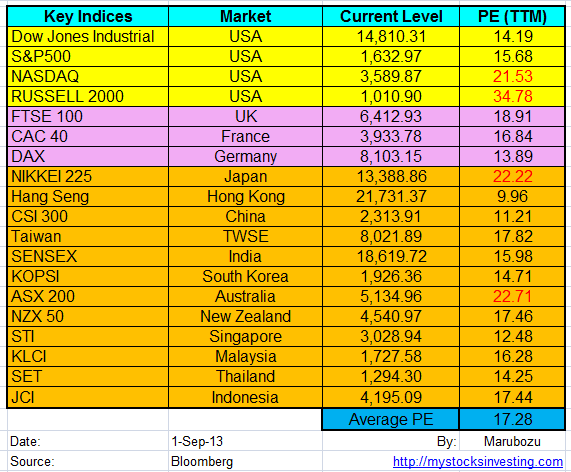Survey Question 1: Do you expect to move from working full time into semi-retirement before you retire fully?
Target Survey Group: Not Fully Retired
Survey Outcome:
 |
| Click to Enlarge |
Explanation:
‘Semi-retirement’ involves a reduction in working hours but a continuation of some paid employment as one approaches or reaches retirement age.
Semi-retirement was an option for the majority of today’s retirees:
- 57% were given the opportunity to and, of these, 55% took it up.
- Over half of those not fully retired either plan to semi-retire (54%) or are already semi-retired (5%).
- Moreover, a third (33%) of 55-64 year olds are already semi-retired.
My Comments: The key highlight here is the age group of 55-64 years old. I believe many Malaysians would prefer to fully retire at this age and be allowed the freedom to pursue other priorities. Yet 33% in this age group are still working for specifics reasons which we shall discover in Survey Question 2!
Survey Question 2: What do you expect to move or why have you already moved from working full-time into semi-retirement?
Target Survey Group: Not Fully Retired
Survey Outcome:
 |
| Click to Enlarge |
Explanation:
Of those who plan to semi-retire, many have positive reasons for doing so:
- 47% because they would like to keep active
- 37% aspire to keep working in some capacity
- 35% want to ease their transition into retirement.
Key concerns are for reasons highlighted in the the red boxes:
- 26% could not retire fully
- 24% are still paying off other debts past retirement age
- 24% needed to bridge a shortfall in retirement income
My comments: The figures key concerns could even be higher knowing that Malaysians are shy to admit their own fallacy even if this is a survey.
Survey Question 3: Overall, financially do you think that you prepared adequately for a comfortable retirement?
Target Survey Group: Fully Retired
Survey Outcome:
 |
| Click to Enlarge |
Explanation:
- About a fifth (22%) of today’s retirees say they failed to prepare adequately (21%) or at all (1%) for a comfortable retirement.
- Amongst this group of retirees, less than two-fifths (39%) realised that their preparations were insufficient before retiring.
- Comparatively, over half (53%) of today’s working age people say that financially they are not preparing adequately or at all for a comfortable retirement.
My comments: This is indeed worrying especially the last point where 53% of Working Age People are not preparing adequately for a comfortable retirement. With rising cost of living, inflation and high household debt ratio for Malaysian today, the possibility of Gen X, Gen Y and Gen Z facing a difficult retirement life in the future could be much more higher then what the Baby Boomers are facing now!
Target Survey Group: Fully Retired
Survey Outcome:
 |
| Click to Enlarge |
Explanation:
Given that a lack of adequate preparation can be an obstacle to realising retirement aspirations, we asked retirees to look back at the best financial advice they have ever received.
- ‘Start saving at an early age’ was the most popular piece of advice (chosen by 63%)
- ‘Buy only what you need’ (52%)
- ‘Develop a financial plan for the future (52%).
My comments:
The elders have spoken! Need I say more?
Summary
Now that the facts are there for everyone to see, I believe it is time for you to start grabbing hold of your personal financial leash. Start by having a control over your unnecessary wild horse spending. Reign in your finances and start with basic of just saving your money in a fixed deposit account. If you've been doing that, consider looking for alternatives of investing that could generate higher returns. The current retired generation has shared their biggest regret, why let the same regret be passed on to you when you've got the capacity to make a change?
P.s :The four survey questions in this post are just some of the interesting responses of this survey. If you like to read the full survey, feel free to look it upHERE.
Source : http://invest-made-easy.blogspot.com/2013/09/malaysia-retirement-survey-2013.html






